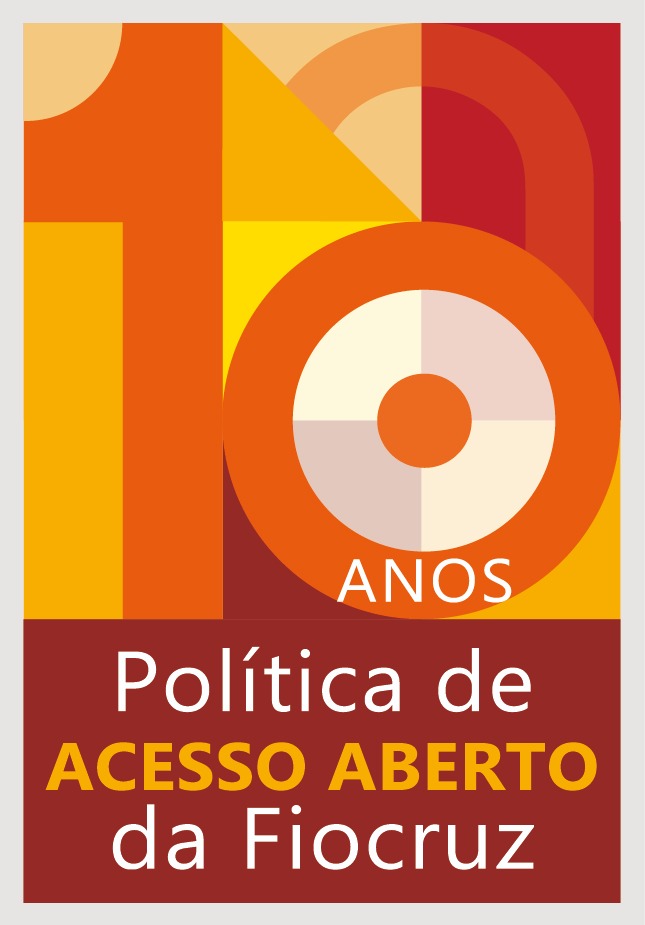Fiocruz magazine highlights climate crisis and tragedy in southern Brazil
29/05/2024
Liseane Morosini (Radis Magazine)
The water invaded municipalities in Rio Grande do Sul, turned the streets into rapids, flooded and swept away everything in its path. In the images published in Brazil and around the world, it could be seen the population stunned by the destruction. People and animals were swallowed up by the advancing rivers and tributaries, many were marooned and waited for uncertain help. As the water took a long time to recede, it was difficult for residents to gauge what they had lost or what was left of their homes. The level of the Guaíba river, which bathes the capital Porto Alegre, rose higher than expected, surpassed the retaining walls and invaded the city's neighborhoods. Ten days were estimated for its waters to recede.
In 13 days, 414 out of 496 municipalities recorded some kind of damage, in different proportions, which led to the decree of public calamity valid for 180 days. There were power and water shortages, shutdown of telephone and internet services, which made rescues difficult and led to speculation on basic survival items such as drinking water and food. The scene was one of despair, pain and disbelief at yet another extreme weather event which, this time, devastated most of Rio Grande do Sul, a state that has recorded numerous previous floods. However, until then, none of them had hit so many places and affected the lives of so many people so intensely.
The rain that began on April 26th left 48,000 people in shelters, almost 130,000 homeless and 291 injured, further affecting 1.4 million people, according to a Civil Defense report on May 7th. To this date, 131 missing persons and 90 fatalities have been recorded. The search continued in a race against time. In an unprecedented situation, the municipality of Eldorado do Sul, 49 kilometers from Porto Alegre, was flooded and, with nowhere to go, 2,000 people waited for food and shelter near a highway on the night of May 6th, in a situation of environmental refugees.
The rain gave little respite and made rescue work difficult in a scenario reminiscent of the destruction caused by a war. Rescuing and relocating people, assessing the damage, searching for the dead and missing, looking for debris in houses that collapsed under the weight of the water and mud was all that was seen in the aftermath of the disaster in the state. As a rule, this is what has followed in places devastated by extreme weather events.
The catastrophe faced by the state of Rio Grande do Sul, yet another on the national stage, reveals, above all, the responsibility of public managers to implement public policies with a view to climate adaptation and mitigation instead of denying the course of climate change and seeking to rebuild impacted places without considering the risks.
In this issue, Radis has prepared a guide for readers to understand the impacts of climate change, a problem that requires urgent attention from all levels of government and civil society. An issue which, due to its scale and intensity, is already considered one of the greatest threats to life, well-being and health of individuals and the planet, and which particularly affects the most vulnerable populations.
The goal to curb global warming
The extreme rainfall in southern Brazil mirrors the future of what will happen throughout the country if nothing is done. "It is more than expected that the rate of rainfall and extreme weather events will increase. We need to structure public policies," researcher Paulo Artaxo told Radis, arguing that the survival of human life will depend on the measures taken to reduce climate change.
Paulo Artaxo is a physicist, climatologist and full member of the Brazilian Academy of Sciences (ABC), professor at the Physics Institute of the University of São Paulo (USP) and a member of the Intergovernmental Panel on Climate Change (IPCC), which brings together the world's leading scientists to monitor and advise global science on climate change.
The IPCC produces reports with scientific expertise on climate change impacts, generalized risks and possibilities for mitigation and adaptation. The information released is not the best, according to the scientist. The goal set by governments is to prevent temperatures from rising above 2°C, but the IPCC's Sixth Assessment Report (AR6), released in March 2023, shows that the pace and scale of climate action proposed by countries is insufficient to deal with the results of these changes.
Without practical results, climate modeling points to tragedies like that faced by Rio Grande do Sul. If the planet continues to heat up at the same rate, extreme heat waves, storms, floods and droughts will occur at shorter intervals and with greater intensity. These episodes will become increasingly recurrent and well-known not only to Brazilians, further amplifying the risks to human health and ecosystems.
According to Paulo Artaxo, climate studies show that precipitation, which is the water vapor present in the atmosphere, will increase in the South, bringing rain and floods, and decrease in the Amazon and the Northeast, causing periods of great drought. With timid and ineffective progress, the situation will worsen rapidly, and disasters, losses and damage will add up.
Science has shown that, with a global warming of 1.1°C, sea levels are already rising and ice cover in the Arctic is shrinking. Additionally, an atmosphere that is one degree warmer can retain around 7 to 9% more water vapor than a colder atmosphere. In other words, it rains more in less time. To make matters worse, there is the simultaneous effect of El Niño and La Niña, natural phenomena that alter the temperature of the Pacific Ocean and cause a lot of sunlight, with drought, or a lot of rain, with flooding, depending on the region affected. A full package that leads straight into chaos.
Continue reading the report (in Portuguese) on the Radis website.
Check out the new edition (in Portuguese) of the magazine in full.


